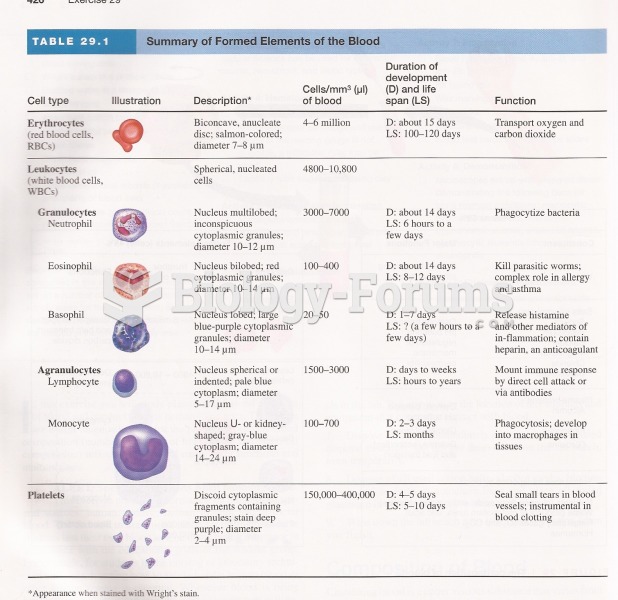Answer to Question 1ANS:Answer
should include:
Submarine canyons cut into continental shelves and slopes perpendicularly. They
generally form at right angles in relation to the shoreline. Many are found at mouths of
rivers or streams that deposit into the ocean.
Submarine canyons are heavily influenced by turbidity currents. These currents cut the
canyons into lower depths.
Erosion that occurs in areas near rivers can contribute to the formation of submarine
canyons.
Ice Ages that occurred in the past factored into the creation of submarine canyons.
During an ice age, the sea level lowers because large amounts of water get drawn into
ice. The erosion that occurs near rivers is a result of the lowering sea level. Then when
the sea level rises, that canyon that was created is underwater. It is then continually
altered by marine processes.
Answer to Question 2ANS:Answer
should include:
Trenches are arc-shaped depressions in the seafloor. Island arcs are curving chains of
volcanic islands and seamounts. Both of these bathymetric features are found at
converging subduction zones.
These are common on active margins because there is subduction occurring. The oceanic
crust is melting and plunging back into inner Earth. This creates the geological activity.
The crust does not always subduct smoothly which can cause earthquakes. Since these
earthquakes originate underwater, there are possibilities of tsunamis happening as well.
The trench wall's steepness can indicate the direction of the subduction. The island side
of a trench tends to be steeper.







